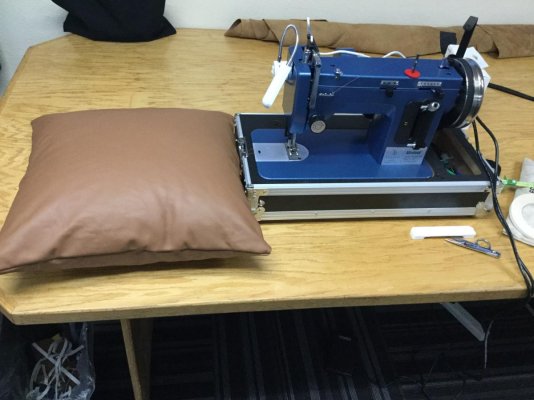foggysail
Guru
A large flat surface to do layout and lay pieces flat while sewing is really helpful...maybe essential...to doing a neat job. You might look for a location ashore to set up when doing lg pieces.
Another worthless comment
I first tried a cheap Wally World towel, works if you want to put up with the towel disposing thread loops as it unravels. Better to spend a little more for the towel.


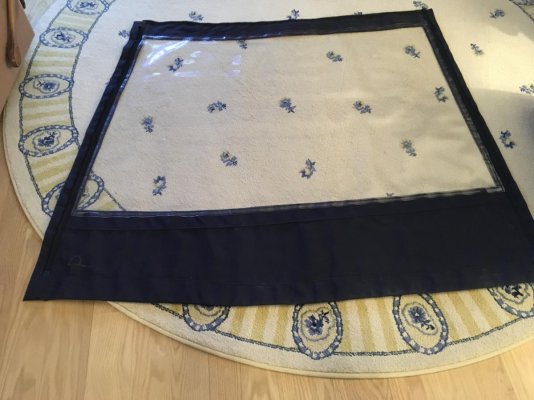
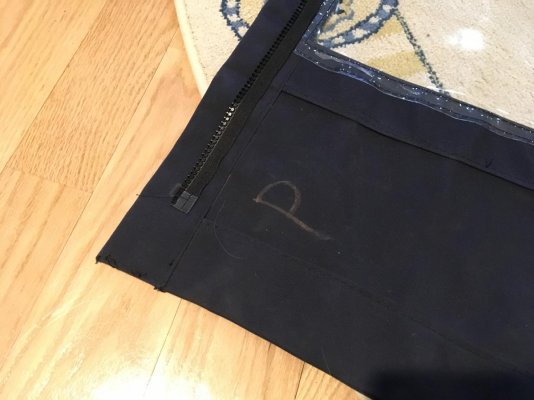
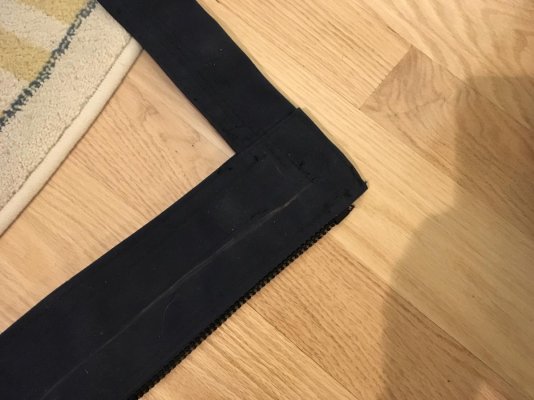
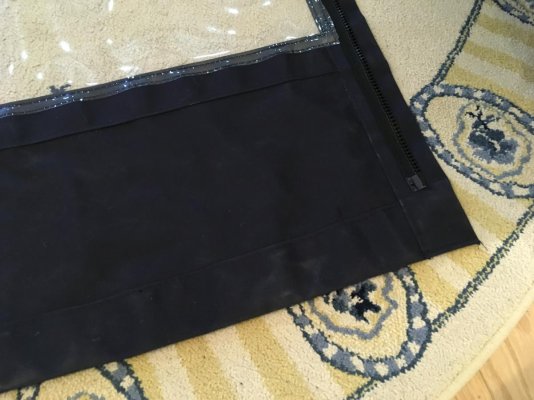
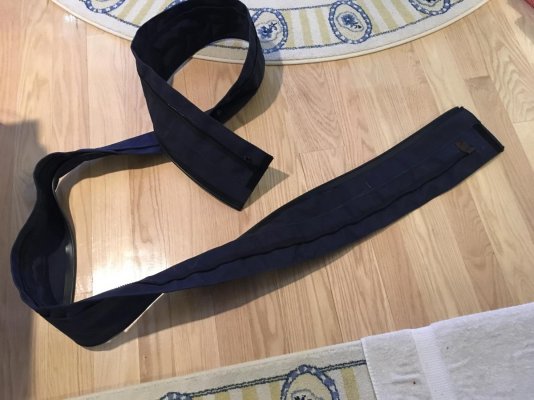
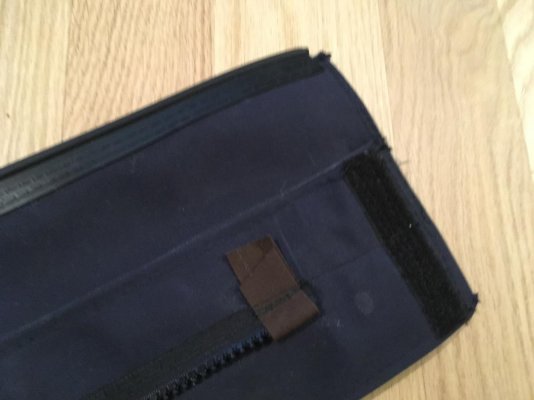
 You have to think in reverse, since you sew it inside out.
You have to think in reverse, since you sew it inside out.
